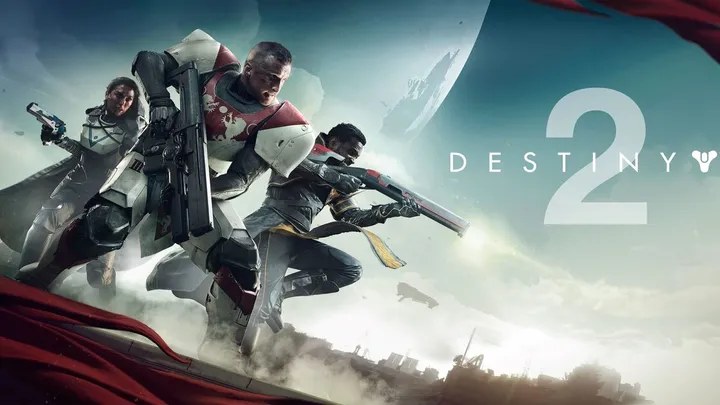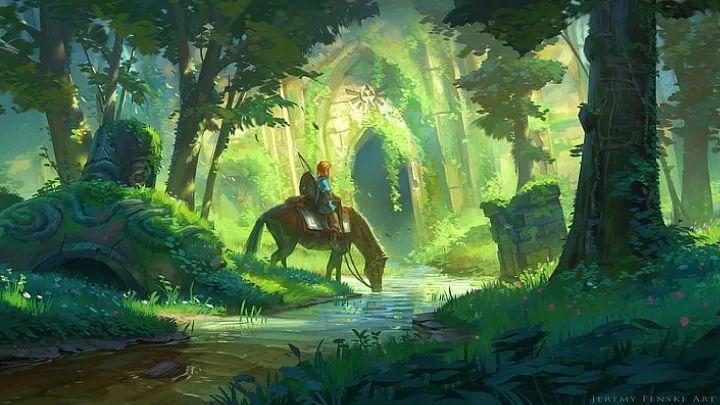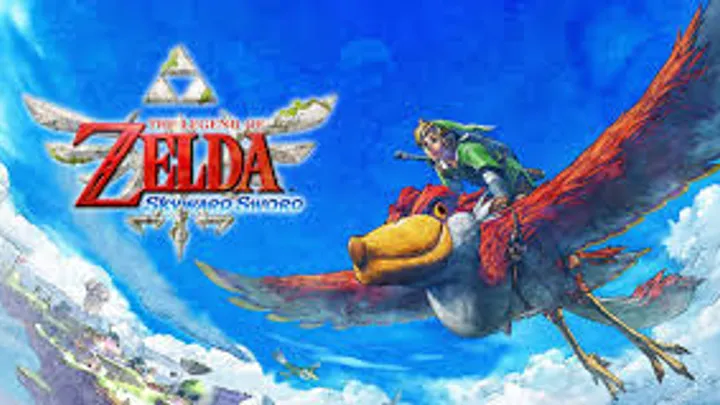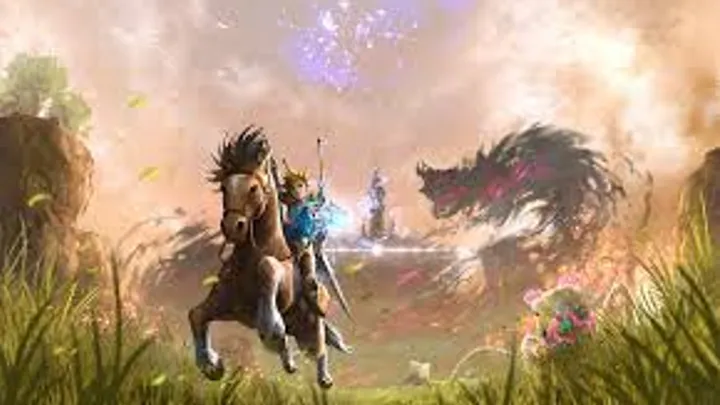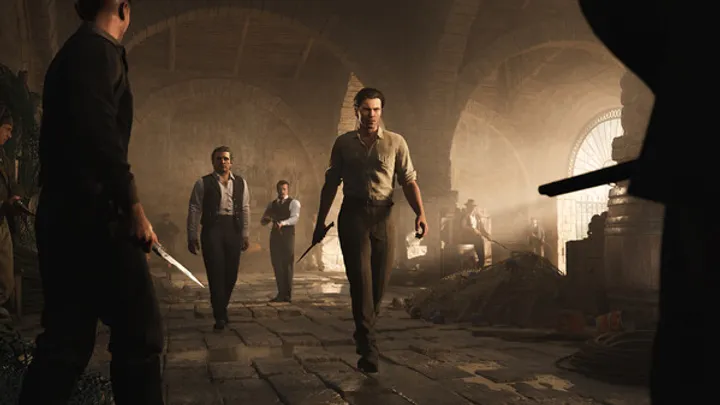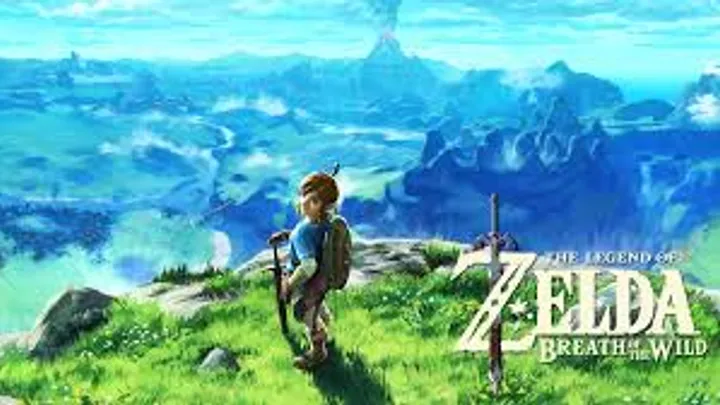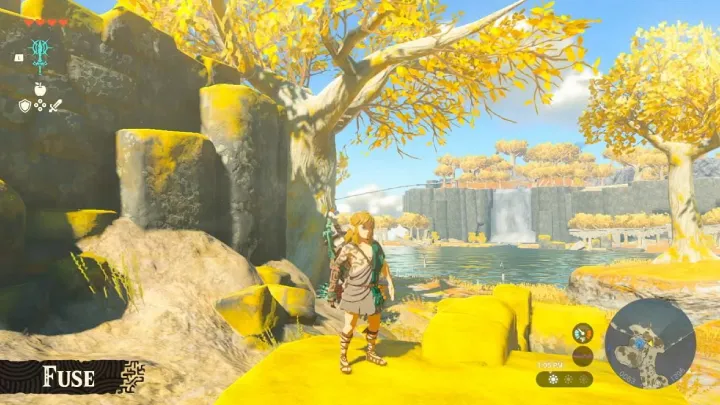Introduction
Since its release in 2020, Valorant has rapidly become one of the most talked-about competitive shooters in the gaming industry. Developed and published by Riot Games—the same studio behind the iconic League of Legends—Valorant set out to merge the fast-paced, tactical gameplay of classics like Counter-Strike with a modern hero-shooter twist inspired by titles such as Overwatch.
In less than half a decade, the game has carved out a space not just as a competitive shooter but also as a cultural force in esports, streaming, and online communities. With millions of daily players, thriving professional tournaments, and constant content updates, Valorant is no longer just “Riot’s shooter experiment.” It is one of the most dominant multiplayer games of the decade.
This article provides an in-depth look at Valorant—its history, mechanics, esports ecosystem, community impact, and future direction.
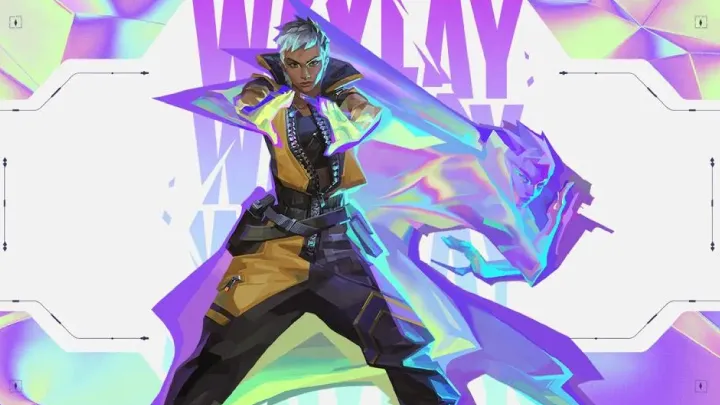
The Origins of Valorant
When Riot Games announced in 2019 that they were working on a tactical first-person shooter, the gaming community was both excited and skeptical. Could a studio best known for MOBAs successfully create a competitive FPS that could rival long-established giants?
Internally codenamed Project A, Valorant was developed with three core goals:
- Precision and performance – Deliver smooth gunplay with highly accurate mechanics.
- Competitive integrity – Build a game designed from the ground up for esports.
- Character-driven innovation – Introduce “Agents” with unique abilities that enhance tactical depth without overshadowing core shooting skills.
The closed beta launched in April 2020, instantly attracting global attention, especially on Twitch, where Riot partnered with streamers to distribute access keys. The beta itself set streaming records, signaling the arrival of a new FPS powerhouse. By June 2020, Valorant officially launched worldwide, and within a year it was already a staple in competitive gaming.
Gameplay Mechanics: The Heart of Valorant
At its core, Valorant is a 5v5 tactical shooter. Each round begins with players buying weapons, shields, and abilities. The objective varies by mode, but in the most popular setting—Search and Destroy style (Spike mode)—attackers must plant the “Spike” (a bomb-like device), while defenders aim to stop them.
Gunplay
Unlike some modern shooters, Valorant emphasizes accuracy, recoil control, and precise crosshair placement. Every gunfight is unforgiving, rewarding sharp reflexes and punishing mistakes. Weapon spray patterns and economy management are critical aspects of the game.
Agents and Abilities
What sets Valorant apart from its closest counterpart (Counter-Strike) is the introduction of Agents. Each Agent has a distinct personality and toolkit, divided into categories:
- Duelists (e.g., Jett, Phoenix) – aggressive fraggers designed to lead attacks.
- Controllers (e.g., Omen, Viper) – provide smokes and map control.
- Sentinels (e.g., Sage, Killjoy) – defensive experts and team protectors.
- Initiators (e.g., Sova, Skye) – scouts and utility-heavy characters that create openings.
Abilities add depth to strategy. For instance, a well-timed smoke from Omen can cut enemy sightlines, while Sova’s recon arrow can reveal hidden opponents. However, unlike in pure hero-shooters, abilities complement rather than replace gunplay.
Maps
Riot has invested heavily in map design, ensuring each battlefield offers unique layouts and tactical challenges. Maps like Bind (with its teleporters), Ascent (with a central open courtyard), and Haven (with three bomb sites) demand varied strategies and reward coordinated team play.
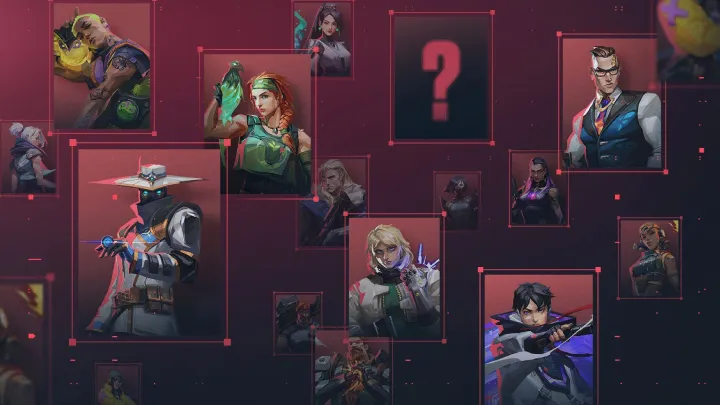
Esports Ecosystem: Valorant Champions Tour (VCT)
From the beginning, Riot envisioned Valorant as an esports title. The Valorant Champions Tour (VCT) was introduced as a structured global competition, consisting of:
- Challengers – regional qualifiers.
- Masters – international tournaments.
- Champions – the end-of-year world championship.
By 2021, teams like Sentinels, Fnatic, and Gambit were already household names in the scene. Riot also invested in franchising, mirroring the League of Legends model, ensuring long-term sustainability for teams and players.
Today, the VCT attracts millions of live viewers, corporate sponsors, and mainstream media attention, cementing Valorant as a tier-one esport alongside CS2, Dota 2, and League of Legends.
Community and Cultural Impact
Valorant thrives not just because of its gameplay but also because of its community-driven ecosystem. Riot has consistently engaged with players through:
- Frequent updates and patches to balance Agents and weapons.
- Seasonal battle passes with skins, cosmetics, and collectibles.
- Streamer and content creator partnerships that keep the game trending on Twitch and YouTube.
Beyond gaming, Valorant has also shaped online culture with its music, Agent lore, and fan-created content. The game’s diverse cast of characters, each with distinct cultural backgrounds, appeals to a broad global audience.
Technical Excellence: Anti-Cheat and Performance
Riot made bold promises when announcing Valorant:
- Sub-35ms ping in most regions.
- Consistent 128-tick servers.
- A strong anti-cheat system.
The result was Vanguard, Riot’s custom anti-cheat software, which—while controversial for its intrusive design—proved effective in maintaining a fair competitive environment. Combined with the game’s low system requirements, Valorant became accessible to a wider player base than many competitors.
Challenges and Criticism
Like any popular title, Valorant has faced challenges:
- Balancing Agents: Some abilities have been criticized as overpowered, requiring frequent nerfs.
- Toxicity and cheating: Despite Vanguard, reports of hackers and toxic players persist.
- Learning curve: New players often find the mix of gunplay and abilities daunting.
However, Riot’s active patch cycle and community engagement have largely kept the game’s reputation strong.
The Future of Valorant
Looking ahead, Valorant shows no signs of slowing down. Riot has announced plans for:
- Mobile versions of the game to expand the player base.
- New Agents and maps each year to keep gameplay fresh.
- Expanded esports structure, with regional leagues and more international events.
As gaming continues to grow globally, Valorant is well-positioned to remain a flagship title in both casual and professional play.
Conclusion
Valorant is more than just another tactical shooter—it is a cultural phenomenon that has successfully blended precision gunplay with unique character-driven abilities. Riot Games took a massive risk by stepping outside their MOBA comfort zone, but the gamble has paid off spectacularly.
With a growing community, a robust esports ecosystem, and a steady stream of updates, Valorant is poised to dominate the competitive gaming landscape for years to come. For players seeking a mix of strategy, teamwork, and skill, Valorant is not just worth trying—it’s essential.

